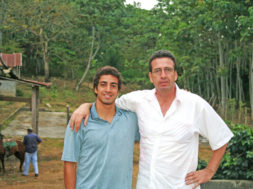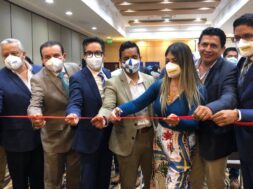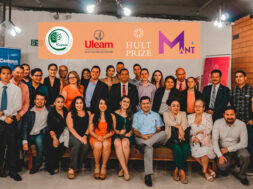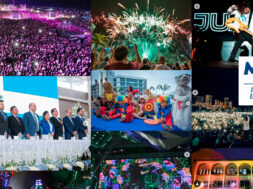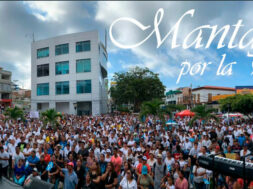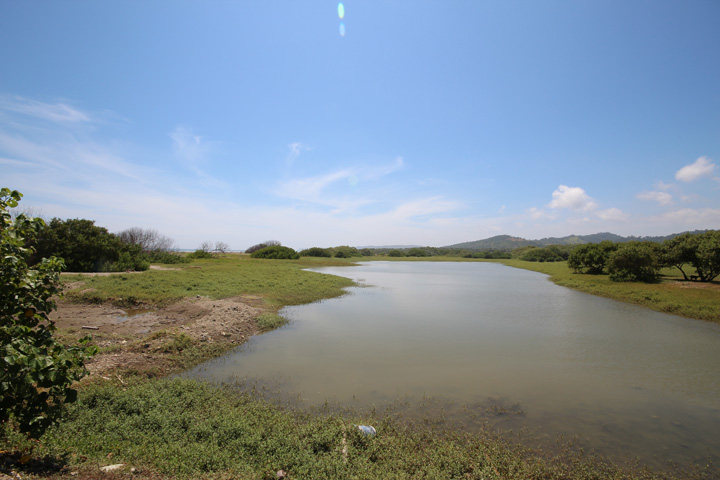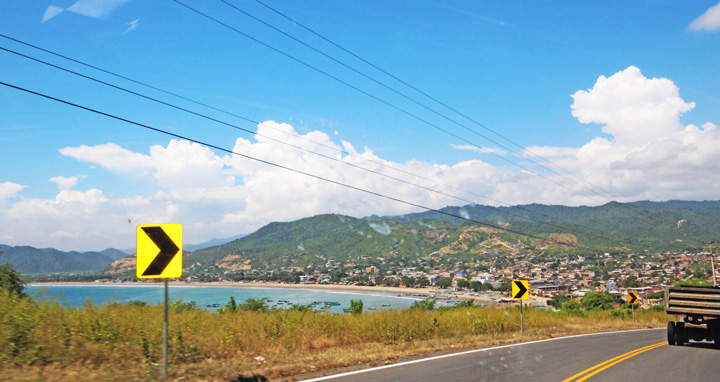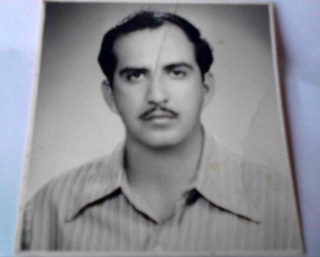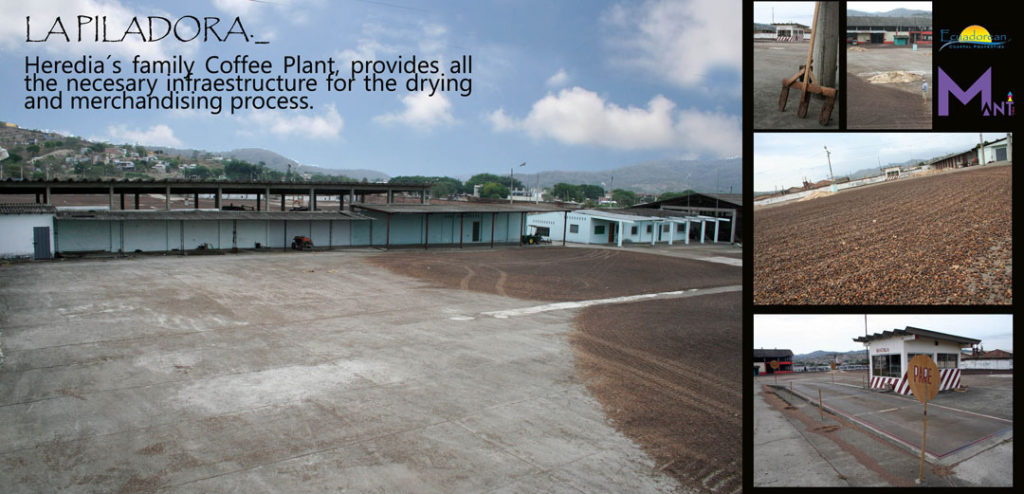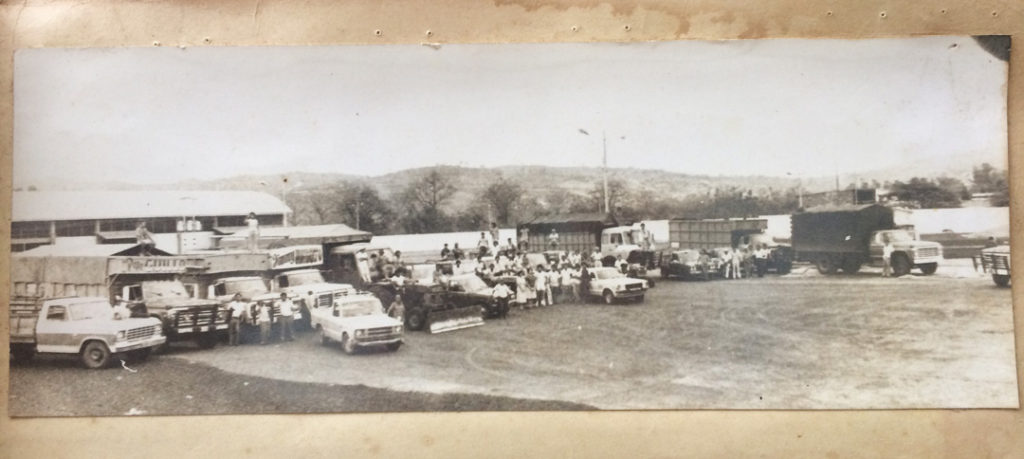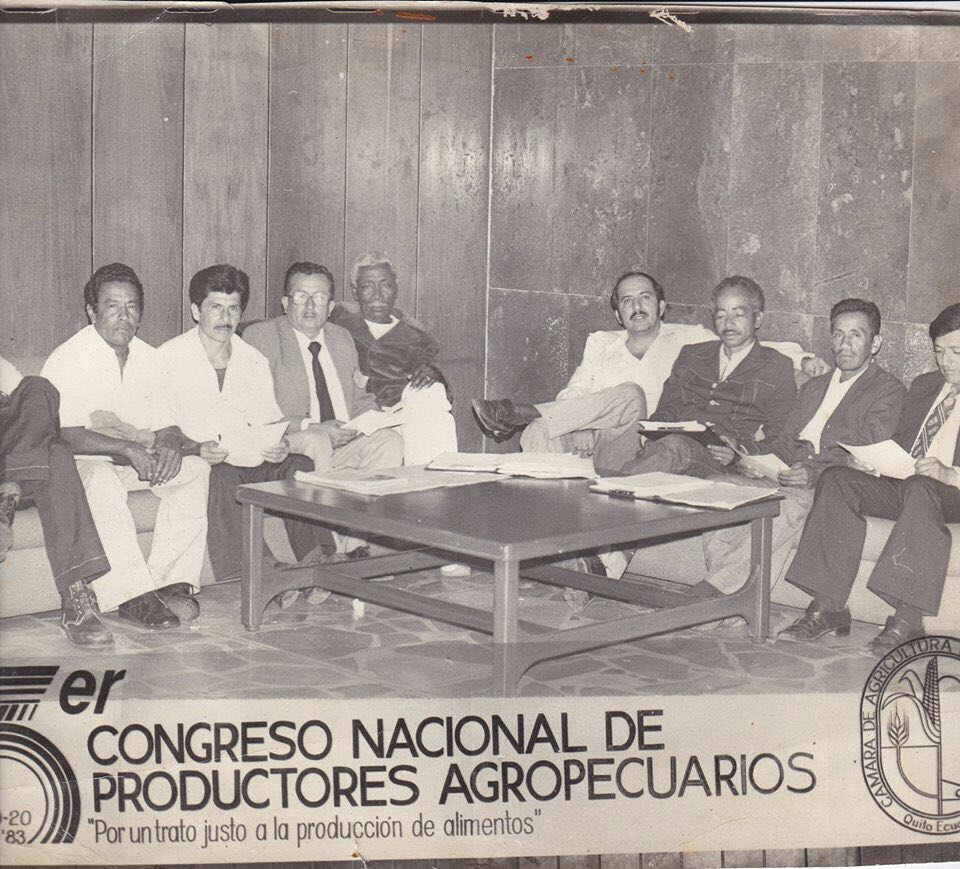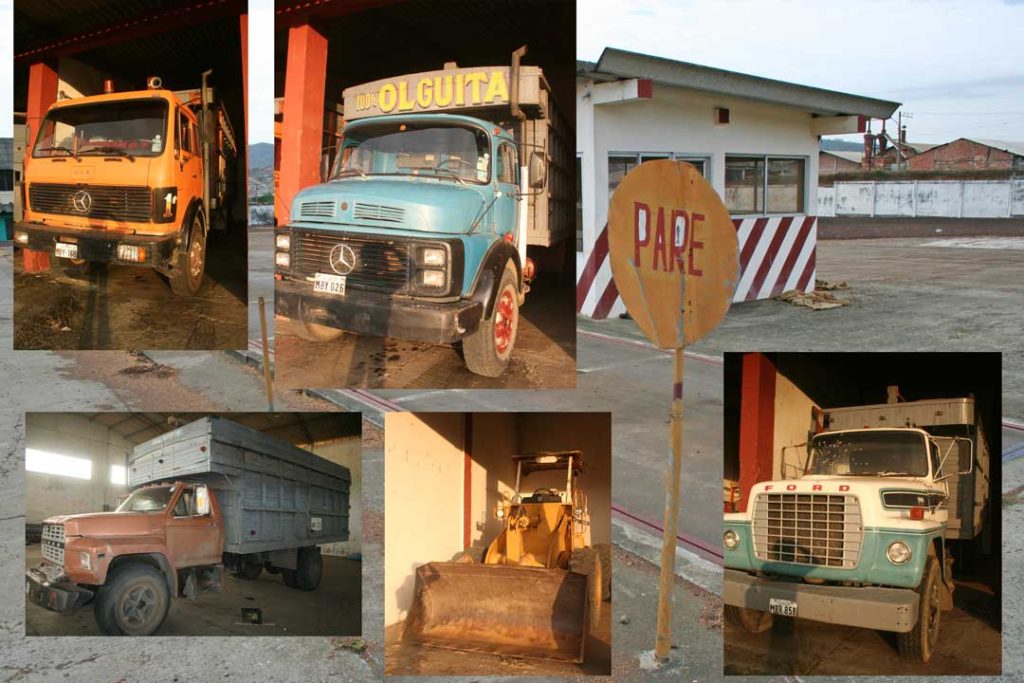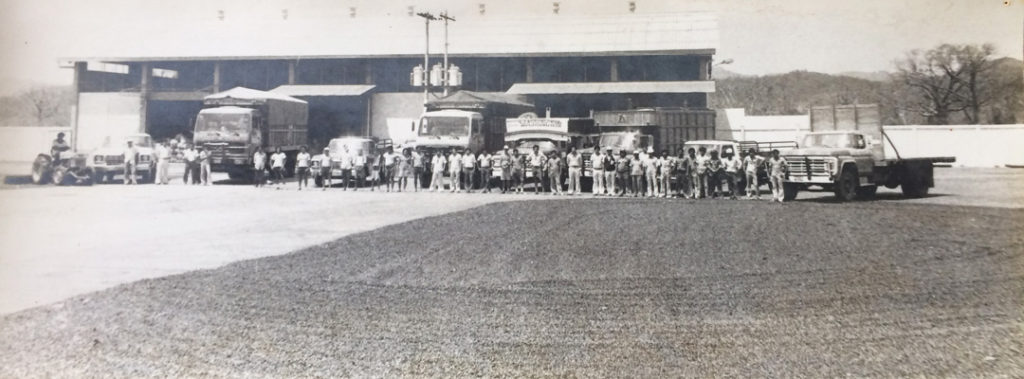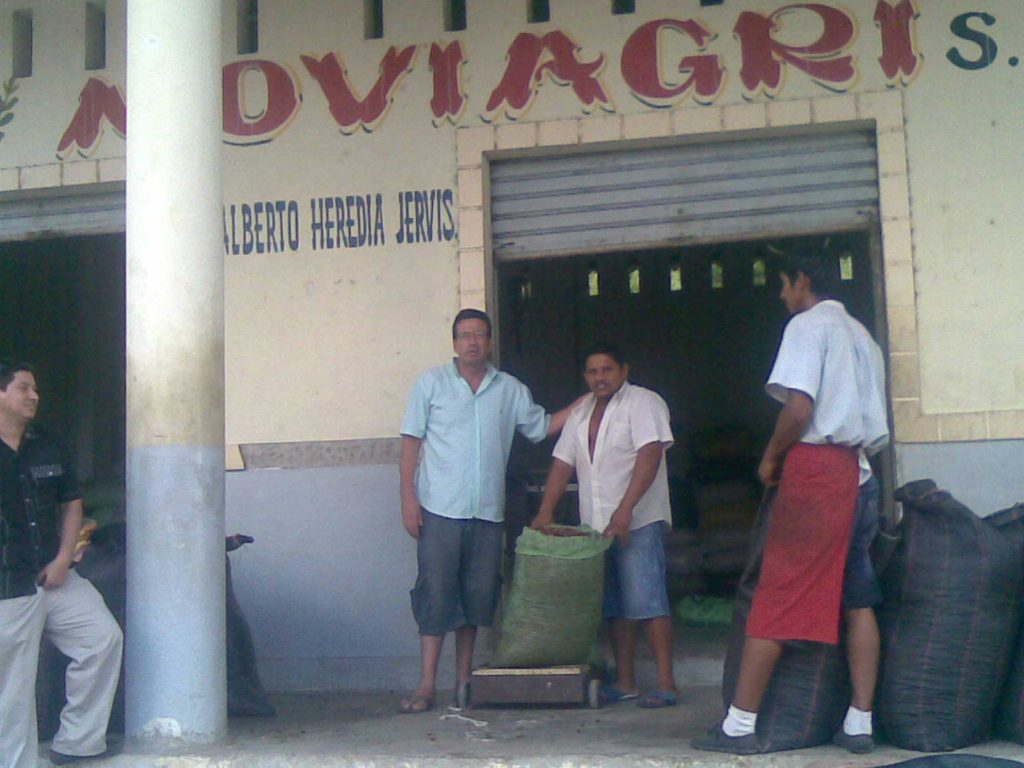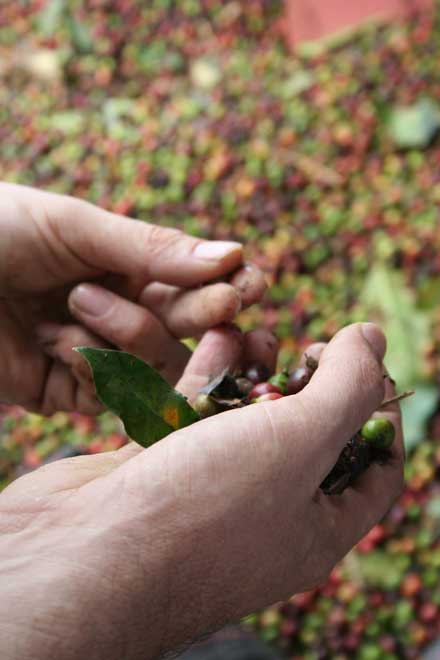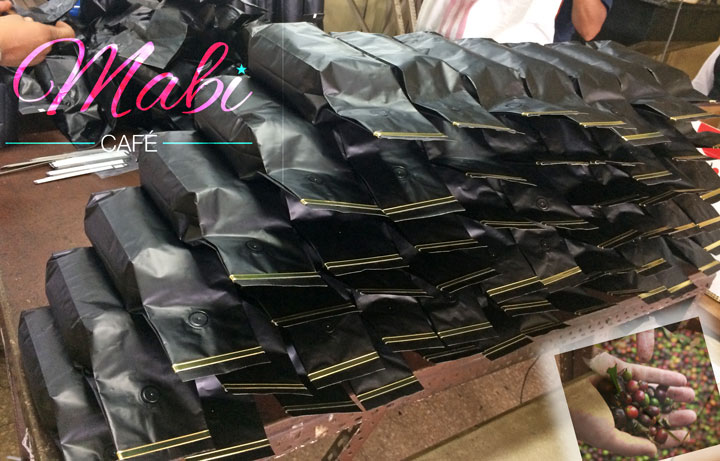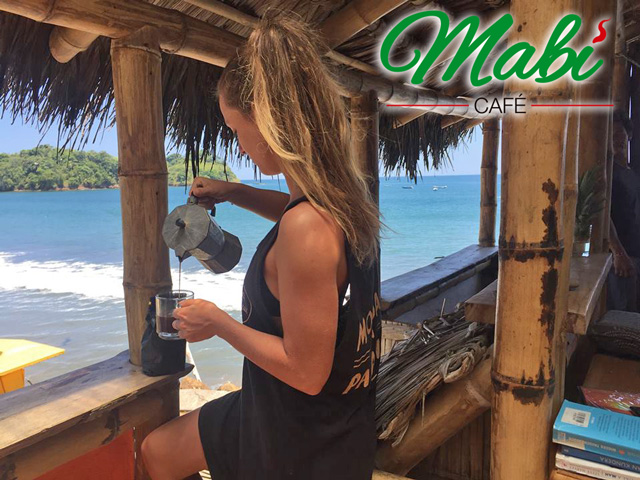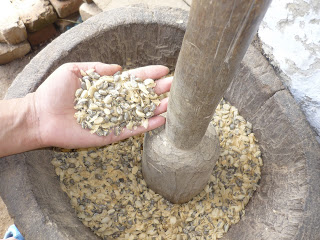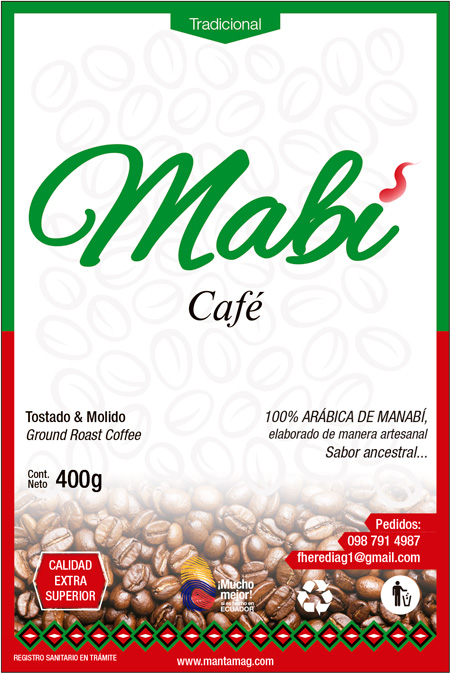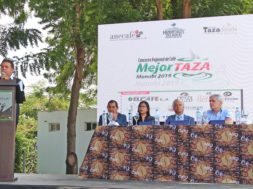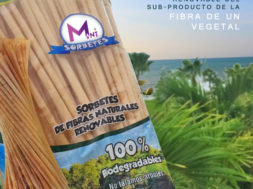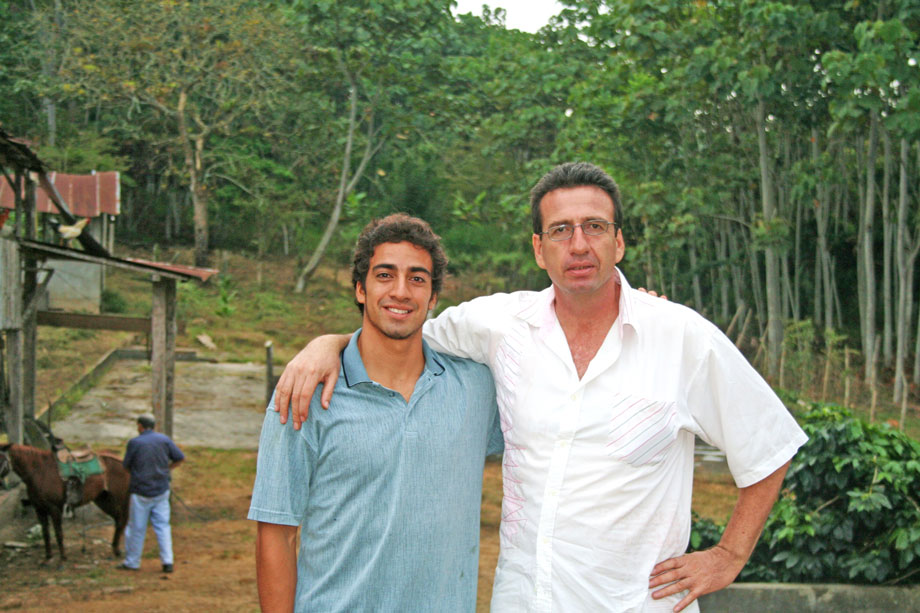
Historia de la familia Heredia, cafeteros de Manabí
Narración: Franklin Heredia Reyes
Sobre la historia de la familia Heredia y su relación con en el desarrollo agrícola cafetero de Manabí en la década de 1970 y 1980.
Don Humberto Heredia llegó con su hijo Alberto en el año de 1953 a Salango, un recinto de Puerto López -en aquella época parroquia de Jípijapa, cantón localizado al sur oeste de Manabí–. En esa época no había carreteras, estableciéndose en Puerto López donde tuvieron una tienda de abarrotes que suplía de víveres a casi todo el pueblo, además de vender equipos para la pesca. En ese entonces aún no había azotado la deforestación en Manabí y la provincia, en esa parte era tan hermosa como Esmeraldas.
// Don Humberto Heredia arrived with his son Alberto in 1953 to Salango, an enclosure of Puerto López – at that time part of Jípijapa, a canton located in the south west of Manabí-. Those were times with no roads like today, so they settled in Puerto Lopez and opened a grocery store that supplied almost all town with food and also fishing equipment. Also,that was a time with no no sign of deforestation in Manabi, yet. That region of Manabí was as beautiful as Esmeraldas.
Podías encontrar la playa y hermosas haciendas con ganado, muchos bosques de madera y cafetales hermosos junto a la playa, era un verdadero paraíso!
// You could find the beach and beautiful ranches with cattle, there were many wood forests and had beautiful coffee plantations next to l aplya, it was a true paradise!
Alberto Heredia, junto con su padre Don Humberto, se dedicaron a comprar café en la zona de Puerto López y comenzaron a comercializar.
// Alberto Heredia, along with his father, Don Humberto .. they dedicated themselves to buy coffee in the zone of Puerto Lopez and began to commercialize it.
Tiempo después, se trasladaron en los años ´60 a Jipijapa porque habían escuchado del “boom” del café. Se trasladaron para hacer comercio, pero fue no solamente comercio lo que encontraron sino también, lograron ser pioneros, los comerciantes más importantes de la región en aquel entonces. Aunque ya en el año 70 falleciera Don Humberto Heredia.
// Later on, then they moved to Jipijapa town in the 60´s because they had heard of the “coffee boom”. They moved to trade, but commerce wasn´t the only thing they found, but also they became pioneers, the most important merchants of that region back then. Although, in the year 1970 Mr. Humberto (Alberto Heredia´s father) passed away.
Pero “don” Alberto, de un gran comerciante se convirtió en exportador y un amigo del agricultor, apoyó mucho la agricultura, llegó al congreso apoyado con el voto de los agricultores, construyo tendales, adquiriendo además, maquinaria de la mejor tecnología de la época, maquinarias inglesas que procesaban café.
// But “don” Alberto, from a great merchant became an exporter and a friend of the farmer, supported agricultural business a lot, arrived at the congress supported by the vote of the farmers, built tendals, acquiring in addition, machinery of the best technology of the time, English machinery that processed coffee beans.
En los años 80 fue el exportador más importante del Ecuador y el único que podía manejar hasta 400.000 sacos de café solo en sus plantas. Construyó muchas plantas beneficiadoras de café alrededor del Ecuador: en Guayaquil, en Manta, en Montecristi, la Concordia, Sto. domingo y en el Oriente. Fue el cafetero más importante de los años 80 de la zona de Manabí.
// In the 1980s, He was one of Ecuador´s most important exporter and the only one who could handle up to 400,000 sacks of coffee at his coffee processing plants built around Ecuador (Guayaquil, Manta, Montecristi, Concordia, Sto. Domingo and at the Amazon region. It was the most important coffee maker of the 80’s in the area of Manabi.
En el año 1990, la agro-industria del café es azotada por la baja de precios y una sequía tremenda, los precios de un promedio de $150 dolares bajaron a $60 y se mantuvieron por años así, ni siquiera cubría los costos de producción. Por eso la gente optó por cambiar de tener cafetales a tener maíz, o a sembrar plátano, naranja, cualquier cosa que fuera mas rentable. Por lo que realmente de los 2 millones a 3 millones de quintales de café pilado, en la actualidad no hay ni 50.000 quintales de café en la zona, algo ridículo.
// In 1990, the coffee agro-industry was hit by low-prices and a tremendous drought. Average prices dropped from $ 150 to $60 and stayed like that for years, thus did not even cover production costs. Reason why people opted to change from having coffee plantations to other crops like corn, or planting banana, orange, anything that was more profitable. So really from the 2 million to 3 million quintals (1 quintal = 100 pound bag) of clean coffee, present day there´s not even 50,000 quintals of coffee in the region, something ridiculous.
Una Nueva Era / a New Era:
Y en base a esta generación de personas que se preocuparon realmente por el agricultor, en este nuevo milenio surge la idea de retomar el negocio del café (productos elaborados) por parte de Franklin Humberto Heredia García, preservando el tradicional sabor y exquisito aroma característico de la región de Manabí.
// And it´s because of all these generation of people who deeply cared about the farmer; this new millenium brings the idea to resume the coffee business, this time with manufactured products, project hold by Franklin Humberto Heredia García (Alberto Heredia´s grandson), fundamentally by preserving the traditional sweet-flavor and exquisite aroma, so characteristic from Manabí region.
TRADICIÓN MANABITA / a Manabí tradition:
Esta es la manera de tomar de los manabitas, que sigue siendo parte de nuestra cultura. Tomar café de la pepa roja secada con su miel y guardada (reposa en las bodegas de las fincas, bodegas de los comercio) y de ahí se procede a descascarar, lo que se llama pilar café o descascarar.
This is the way how Manabi residents drink their coffee, which is still part of our culture. To drink the coffee from the dried red bean, dried with its honey and stored (it rests in the farms/commerce´s warehouses) and from there, the process to “peel” the dried bean takes place, this is called “pilar” the coffee or to peel it.
En los pueblos, en el campo se utilizaban “bunkes”, que era un tronco de madera y ahí se le daba la forma como de un ueg con otro pedazo de madera, se procedía a sacar la cascara para tostar el café.
// In the villages, they used a handcraft device called “bunkes”, basically was a wooden trunk with the form of a thick stick also attached to another piece of wood in the tip, the next step was to use this devicce remove the shell to then, toast the coffee.
Se tuesta el café con azúcar y bien quemado, pero nosotros escogemos el mejor grano maduro, lo más selecto de las mejores fincas. Procedemos solamente a secar el grano maduro y secarlo con la miel.
// Coffee is toasted and burned well with sugar, but we choose the best ripe grain, the most select from the best farms. Again, we only proceed to dry the ripe grain and dry it with the natural honey.
Luego es secado en tendales de cemento al sol, sin secadora sin aparatos artificiales, para que ningún agente externo pueda alterar su sabor como en algunos casos los secan en la tierra o en la secador, y reciba la influencia del combustible.
// Then, it is dried in cement tents exposed to the sun with no dryer or artificial devices, so no external agent can alter the taste (like some cases the coffee it´s dried in the soil/dirt or a dryer, this way receiving the influence of the fuel.
Como último paso se procede a pilarlo, es entonces cuando el exquisito aroma es más perceptible por haber sido secado con la miel!
Este es nuestro sabor y aroma, el cual queremos mantener.
// Last step is the peeling process, a fine moment when the exquisite aroma is more appreciable ´cause was dried with the honey!
This is the ORIGINAL aroma and flavor and the one we aim to maintain.
Café MABÍ como un ícono del sabor manabita de la parte sur, mantiene ese sabor como tradición!
MABI coffee as an icon of the southern flavor of the southern part and keep that flavor as tradition!
(819)
